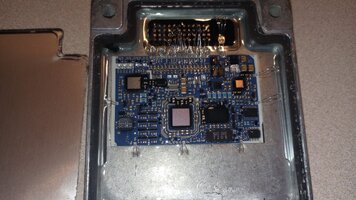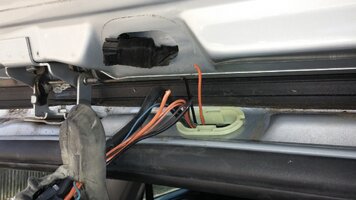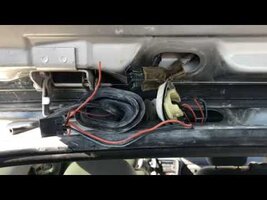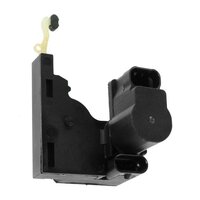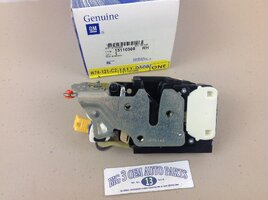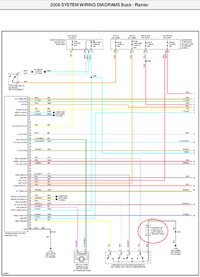While I didn't cover every inch of wire with a magnifying glass, I feel like wiring from the top of the engine to the far end of that branch of the loom (the downstream left O2 sensor) seems not to be the culprit. Behavior today was nearly identical to the last time I commuted it to work. Will describe in detail below.
I said I would post a new thread, but there are a few following this one still and the symptoms seem to be the same. So apologies to OP Spck, or perhaps shame on you for not returning with an update.
Just to recap, here's what I've done / tested:
1) Tested the ground to the module - TCM appears to be grounded on the lower right front of the engine with the ECM grounds. Just to be certain I also added an additional ground wire from the TCM case to the chassis. If you refer to my post-mortem picture of the module's internals, there are clearly ground straps between the external connector's ground terminal to both the aluminum case and the circuit board, so there's nothing wrong with this electrically.
2) Generally wiggled every wire bundle I could safely get to with the engine running and shifter in drive.
3) Replaced the PNP / range switch on the 4l60e shift shaft with known good one.
4) Replaced the TCM after the previous one (I feel like it's not the original) developed a recurring P0604 DTC after a prolonged period of "going crazy".
5) Checked for cracked copper shunts in the underhood fuse block feeding power from fuse 15 and 53 to the C1 connector on the fuse block (front right connector).
6) Checked aforementioned transmission harness for obvious signs of damage.
7) Loaded up the parts cannon this afternoon and replaced the ignition switch in the parking lot at work.
I will try to capture a video of it acting up as I've started to recognize a pattern. Bear in mind I've just recently acquired this vehicle, and so have only been driving it semi-regularly for the past 7 weeks. Semi-regularly meaning I drive it 115 miles round trip to work on Mondays and Fridays, as well as to chase parts around town (the entire town is 2.5 miles end-to-end) or take the wife on short-ish (30-60 mile) trips on occaison.
When it "acts up" most noteably is after it's been driven continuously for 20+ minutes to get to operating temperature and then left to cool for 1-3 hours. It will generally not do anything while warming up initially, but afterwards. Twice today it "went bonkers" after starting and pulling out of the parking lot at work after sitting for several hours. Once for lunch, and then again when heading home. Most of the time the vehicle will be in motion, but earlier tonight it cycled the PRNDL indicator once while waiting motionless at a stop light. When in motion, I can feel the sensation that the ECM is invoking torque management, or perhaps the TCM is reducing line pressure. Edit: after thinking on it, these two symptoms are likely cause-and-effect.
After replacing the TCM module I did not experience a single recurrence of the problem for almost two weeks, and I was the only person driving it during this period. However, the ambient temps were almost entirely below 36F for most of the drives during those two weeks. In amendment to the previous paragraph, when it "acts up" also seems to trend to days when the ambient temperature is > 40F.
I think my next two avenues to explore will be tracing everything that connects to the TCM through shunt wires in the underhood fuse block, and looking at TCM live PIDs to see if any are showing intermittent / random data. This is going to necessitate me buying either an inexpensive scan tool, (inexpensive meaning ~$500) or bending over and paying GM a subscription fee to (hopefully) diagnose.
Thanks for all the ideas, and even more for any new ones (that don't involve the door lock circuitry). I've said to myself more than once that "I'm at wit's end" with this issue, when in all honesty I'm not. I'm simply looking for Occam's Razor - the most likely explanation is usually the correct one. Nothing else in the vehicle interfaces directly to the PNP / transmission range switch other than the TCM. It seems whatever is causing this problem is quite obviously that module or one of it's inputs or outputs.


